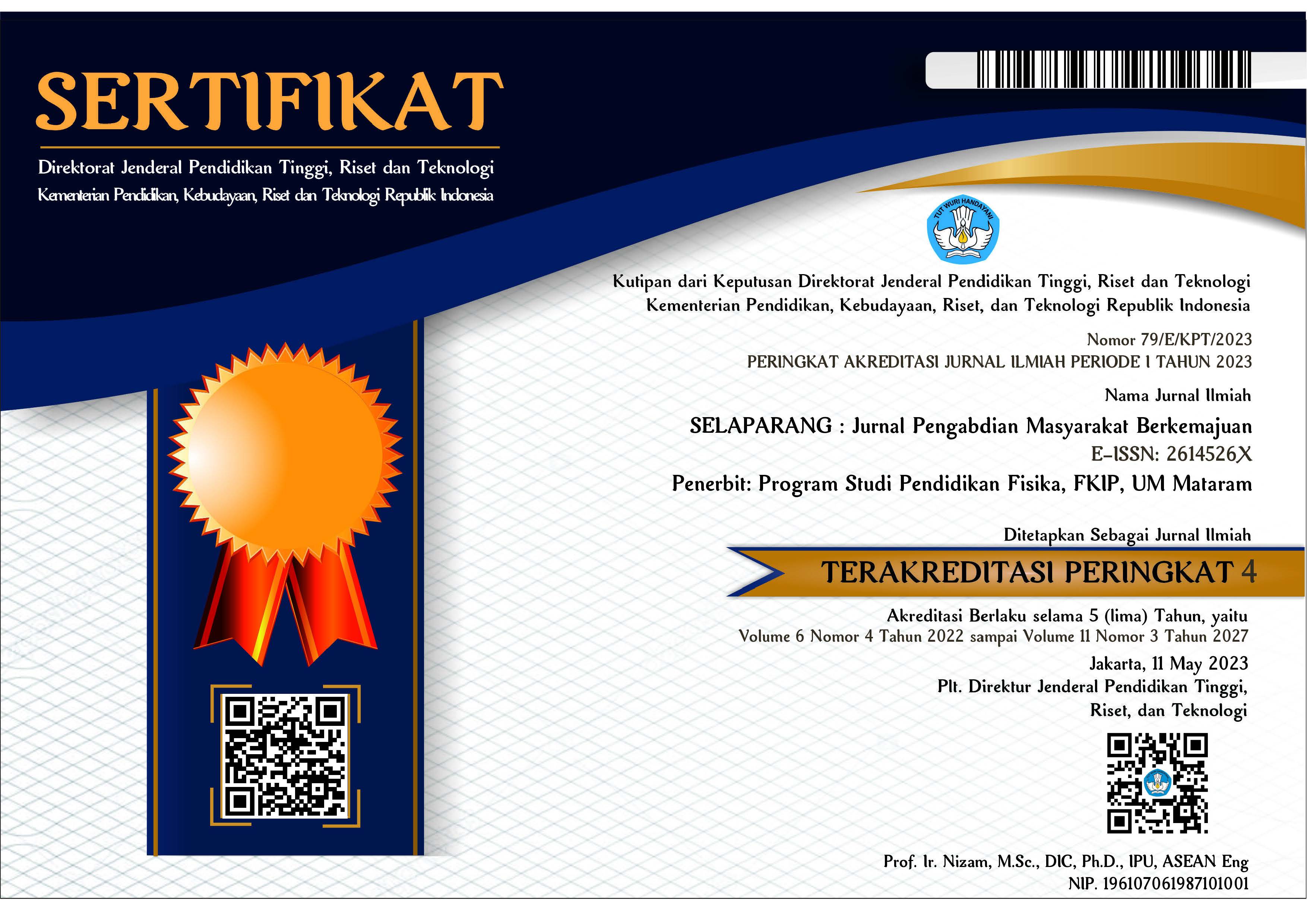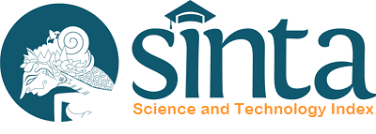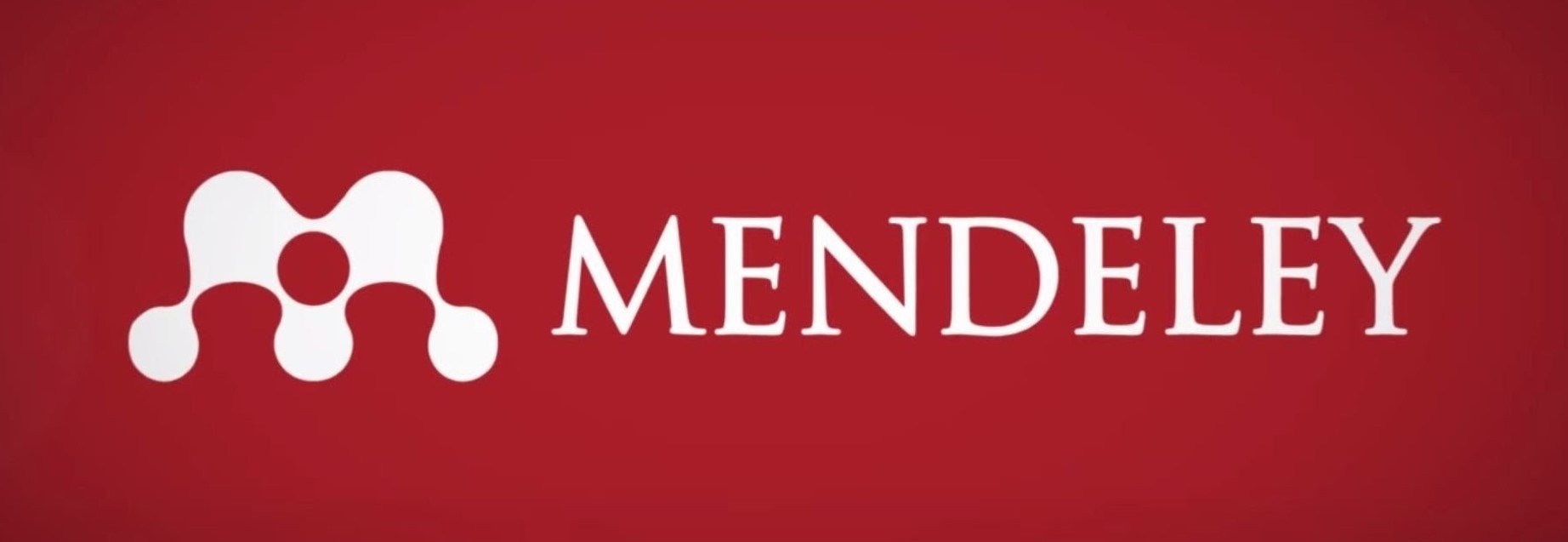Pemberdayaan masyarakat Desa Jenggawah dalam meningkatkan kualitas pakan ternak kambing melalui fermentasi
Abstract
Abstrak
Peternak kambing di Desa Jenggawah, Kabupaten Jember masih mengandalkan pakan konvensional tanpa pengolahan khusus, sehingga rendahnya kecernaan dan nilai gizi pakan menjadi masalah yang berdampak pada produktivitas ternak. Program pengabdian kepada masyarakat ini bertujuan untuk meningkatkan pengetahuan, keterampilan, dan motivasi peternak melalui penerapan teknologi fermentasi pakan ternak kambing untuk menghasilkan pakan yang lebih bernutrisi dan efisien. Program pengabdian dilaksanakan pada September–Oktober 2025 dengan pendekatan pelatihan di lapangan. Metode ini dilakukan melalui sosialisasi teori dan demonstrasi langsung teknik fermentasi, yang terdiri atas penyiapan bahan, pencacahan, pencampuran dengan inokulan bakteri asam laktat, dan penyimpanan produk dalam ruang kedap udara. Data dikumpulkan menggunakan kuesioner sebelum dan sesudah pelatihan, kemudian dianalisis dengan uji T untuk mengukur peningkatan pengetahuan, keterampilan, dan motivasi. Analisis SWOT juga dilakukan untuk mengidentifikasi kekuatan, kelemahan, peluang, dan ancaman dalam penerapan teknologi ini. Hasil pengabdian menunjukkan terjadi peningkatan pada skor pengetahuan (2,0 menjadi 8,0, t = –17,75; p = 5,39×10⁻¹¹), keterampilan (2,0 menjadi 8,0, t = –16,02; p = 3,99×10⁻¹⁰), dan motivasi (4,0 menjadi 7,93, t = –14,63; p = 1,72×10⁻⁹). Program ini berhasil diimplementasikan dan membawa dampak perubahan positif bagi masyarakat mitra.
Kata kunci: bakteri asam laktat; gizi; hijauan; kecernaan; silase.
Abstract
Goat farmers in Jenggawah Village, Jember Regency, continue to rely on conventional feed without specialized processing, resulting in low digestibility and nutritional value, which negatively affects livestock productivity. This community service program aimed to enhance farmers' knowledge, skills, and motivation by introducing fermented feed technology for goat farming, thereby producing more nutritious and efficient feed. The program was implemented from September to October 2025 using a field-based training approach. The methodology included theoretical dissemination and hands-on demonstrations of feed fermentation techniques, covering material preparation, chopping, mixing with lactic acid bacteria inoculants, and storing the product in an airtight environment. Data were collected through pre- and post-training questionnaires and analyzed using a t-test to assess improvements in knowledge, skills, and motivation. Additionally, a SWOT analysis was conducted to identify the strengths, weaknesses, opportunities, and threats associated with the adoption of this technology. The results demonstrated a significant increase in knowledge scores (from 2.0 to 8.0, t = –17.75; p = 5.39×10⁻¹¹), skills (from 2.0 to 8.0, t = –16.02; p = 3.99×10⁻¹⁰), and motivation (from 4.0 to 7.93, t = –14.63; p = 1.72×10⁻⁹). The program was successfully implemented and had a positive impact on the partner community, contributing to the improved efficiency and sustainability of goat farming practices.
Keywords: digestibility; forage; lactic acid bacteria; nutrition; silage.
Keywords
Full Text:
PDFReferences
Astuti, D. F., Regar, D. A. B., Anggraini, D. R., Setyowati, I., Nuraini, R. W., & Pradana, A. P. (2024). Pengelolaan limbah kotoran sapi menggunakan bed vermicompost dan earthworm separator guna meningkatkan keberlanjutan usaha peternak di Desa Babatan–Jember. Selaparang: Jurnal Pengabdian Masyarakat Berkemajuan, 8(4), 3224-3236. https://doi.org/10.31764/jpmb.v8i4.26687.
Beigh, Y. A., Ganai, A. M., & Ahmad, H. A. (2017). Prospects of complete feed system in ruminant feeding: A review. Veterinary World, 10(4), 424. https://doi.org/10.14202/vetworld.2017.424-437.
Boudalia, S., Smeti, S., Dawit, M., Senbeta, E. K., Gueroui, Y., Dotas, V.,…Symeon, G. K. (2024). Alternative approaches to feeding small ruminants and their potential benefits. Animals, 14(6), 904. https://doi.org/10.3390/ani14060904.
Brüning, D., Gerlach, K., Weiß, K., & Südekum, K. H. (2018). Effect of compaction, delayed sealing and aerobic exposure on forage choice and short‐term intake of maize silage by goats. Grass and Forage Science, 73(2), 392-405. http://dx.doi.org/10.1111/gfs.12345.
Cabiddu, A., Peratoner, G., Valenti, B., Monteils, V., Martin, B., & Coppa, M. (2022). A quantitative review of on-farm feeding practices to enhance the quality of grassland-based ruminant dairy and meat products. Animal, 16, 100375. https://doi.org/10.1016/j.animal.2021.100375.
Castro‐Montoya, J., & Dickhoefer, U. (2018). Effects of tropical legume silages on intake, digestibility and performance in large and small ruminants: A review. Grass and Forage Science, 73(1), 26-39. https://doi.org/10.1111/gfs.12324.
Goetsch, A. L. (2019). Recent advances in the feeding and nutrition of dairy goats. Asian-Australasian Journal of Animal Sciences, 32(8), 1296. https://doi.org/10.5713/ajas.19.0255.
Kung Jr, L., Shaver, R., Grant, R., & Schmidt, R. (2018). Silage review: Interpretation of chemical, microbial, and organoleptic components of silages. Journal of Dairy Science, 101(5), 4020-4033. https://doi.org/10.3168/jds.2017-13909.
Li, F., Zhang, B., Zhang, Y., Zhang, X., Usman, S., Ding, Z.,…Guo, X. (2022). Probiotic effect of ferulic acid esterase-producing Lactobacillus plantarum inoculated alfalfa silage on digestion, antioxidant, and immunity status of lactating dairy goats. Animal Nutrition, 11, 38-47. https://doi.org/10.1016/j.aninu.2022.06.010.
Matias, A. G. d. S., Araujo, G. G. L. d., Campos, F. S., Moraes, S. A., Gois, G. C., Silva, T. S.,…Voltolini, T. V. (2020). Fermentation profile and nutritional quality of silages composed of cactus pear and maniçoba for goat feeding. The Journal of Agricultural Science, 158(4), 304-312. http://dx.doi.org/10.1017/S0021859620000581.
Nayik, G. A., Jagdale, Y. D., Gaikwad, S. A., Devkatte, A. N., Dar, A. H., & Ansari, M. J. (2022). Nutritional profile, processing and potential products: A comparative review of goat milk. Dairy, 3(3), 622-647. https://doi.org/10.3390/dairy3030044.
Pradana, A. P., Tanzil, A. I., Setyawati, I. K., Masnilah, R., Astuti, D. F., Putri, T. M. R.,…Arijaya, S. A. (2024). Peningkatan keterampilan petani dalam produksi pupuk organik dan pestisida nabati di Desa Jenggawah Kabupaten Jember. Selaparang: Jurnal Pengabdian Masyarakat Berkemajuan, 8(4), 3214-3223. https://doi.org/10.31764/jpmb.v8i4.26742.
Ruvuga, P. R., & Maleko, D. D. (2023). Dairy goats’ management and performance under smallholder farming systems in Eastern Africa: The systematic review and meta-analysis. Tropical Animal Health and Production, 55(4), 255. https://doi.org/10.1007/s11250-023-03661-w.
Saelan, E., & Lestari, S. (2021). Pelatihan pembuatan silase untuk pakan ternak ruminansia Kecamatan Oba Tengah Kota Tidore Kepulauan. Media Kontak Tani Ternak, 3(3), 64-71. https://doi.org/10.24198/mktt.v3i3.34615.
Sánchez-Guerra, N., Gonzalez-Ronquillo, M., Anderson, R., Hume, M., Ruiz-Albarrán, M., Bautista-Martínez, Y.,…Salinas-Chavira, J. (2024). Improvements in fermentation and nutritive quality of elephant grass [Cenchrus purpureus (Schumach.) Morrone] silages: A review. Tropical Animal Health and Production, 56(5), 171. https://doi.org/10.1007/s11250-024-04027-6.
Scherer, R., Gerlach, K., Taubert, J., Adolph, S., Weiß, K., & Südekum, K. H. (2019). Effect of forage species and ensiling conditions on silage composition and quality and the feed choice behaviour of goats. Grass and Forage Science, 74(2), 297-313. https://doi.org/10.1111/gfs.12414.
Suong, N. T. M., Paengkoum, S., Salem, A. Z. M., Paengkoum, P., & Purba, R. A. P. (2022). Silage fermentation quality, anthocyanin stability, and in vitro rumen fermentation characteristic of ferrous sulfate heptahydrate-treated black cane (Saccharum sinensis R.). Frontiers in Veterinary Science, 9, 896270. https://doi.org/10.3389/fvets.2022.896270.
Surudhi, M., Asokhan, M., & Arunachalam, R. (2017). Utilization pattern of extension tools and methods by agricultural extension agents. Journal of Extension Education, 29(2), 5838-5849. https://doi.org/10.26725/JEE.2017.2.29.5838-5849.
Vastolo, A., Calabrò, S., & Cutrignelli, M. I. (2022). A review on the use of agro-industrial CO-products in animals’ diets. Italian Journal of Animal Science, 21(1), 577-594. https://doi.org/10.1080/1828051X.2022.2039562.
Wilkinson, J., & Rinne, M. (2018). Highlights of progress in silage conservation and future perspectives. Grass and Forage Science, 73(1), 40-52. https://doi.org/10.1111/gfs.12327.
DOI: https://doi.org/10.31764/jpmb.v9i2.29963
Refbacks
- There are currently no refbacks.

This work is licensed under a Creative Commons Attribution-ShareAlike 4.0 International License.
______________________________________________________
Jurnal Selaparang
p-ISSN 2614-5251 || e-ISSN 2614-526X
EDITORIAL OFFICE:



















